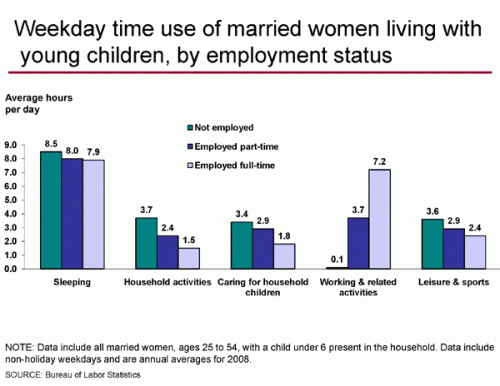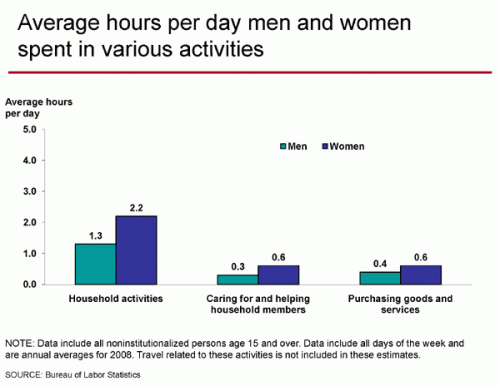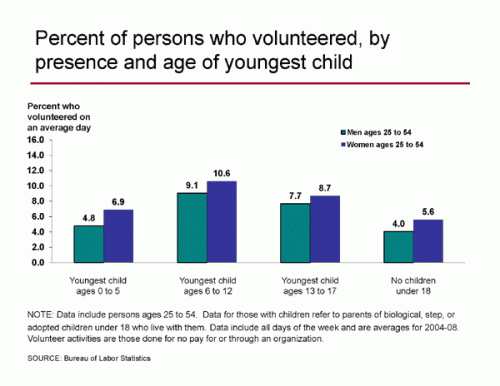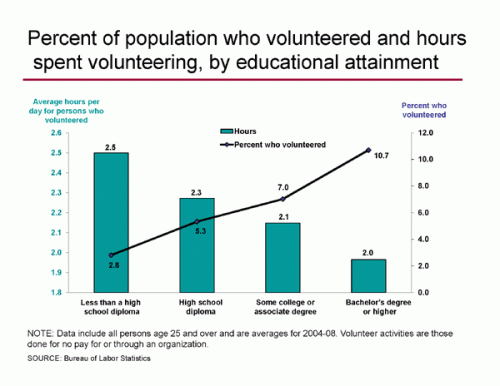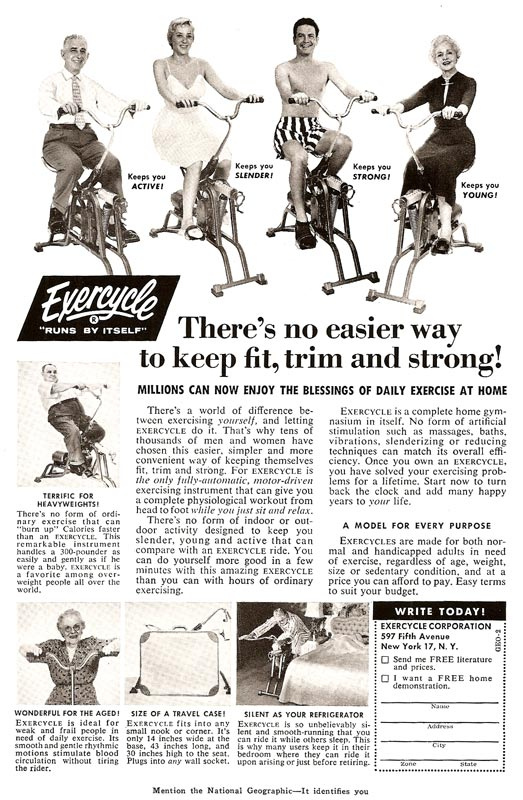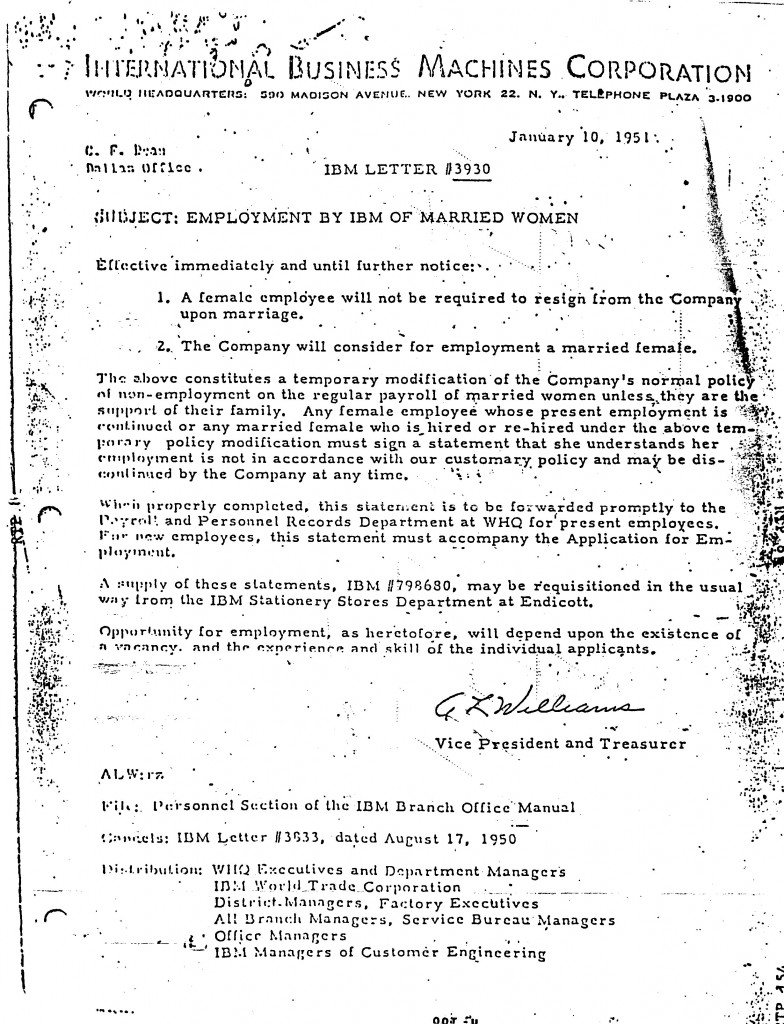Dimitriy T.M. let us know about the Bureau of Labor Statistics American Time Use Survey website, which has lots of fascinating information. The ATUS data for 2009 was just released but they don’t have charts available yet, so I’m presenting data from 2008 here.
This shows daily time spent in various activities for women who are married and have children under 6 living in the home, by their employment status:
They didn’t provide a similar breakdown for married men, oddly.
Hours spent daily on household chores, by sex (but not broken down by employment status):
The difference in hours spent on household activities is interesting, but since it’s not broken down by employment, and women are less likely to be employed full-time than men, it doesn’t really tell us to what degree this is women doing a “second shift” vs. household management as their primary activity, so that’s sort of annoying.
Volunteer activity by sex and age (notice that the columns represent the average daily % of the population who volunteered, not the number of hours they spent volunteering, and the data is an average for 2004-2008):
This isn’t surprising, given that social scientists have generally found that women do more volunteer work, more regularly, than men (again, I’d like to see this broken down by employment status).
It’s also interesting that men and women who volunteer tend to do different types of activities. As this graph shows, it mimics the indoor/outdoor household chores pattern we see in family life. Women are more likely to do food preparation, while men are more likely to do maintenance. Also, men seem somewhat more likely to have leadership positions or to attend skills-building activities, while women do organizational stuff:
For both men and women, volunteering is most common for those with school-aged children in the household, indicating that a lot of volunteering is probably for child-centered organizations such as sports teams and PTA meetings:
I was somewhat surprised by the relationship between volunteering and educational level. The percent of people who volunteer goes up with more education, but the hours spent volunteering per day goes down:
Though the daily difference isn’t huge (just a half hour less for those with a 4-year college degree and those with less than a high school degree), over the course of a month or year it would certainly add up.
If you go through the raw data files, I’m sure there are all types of interesting relationships that give more detailed information about sex, employment status, and time usage. A fun way to waste time if you ever need a procrastination tool.

